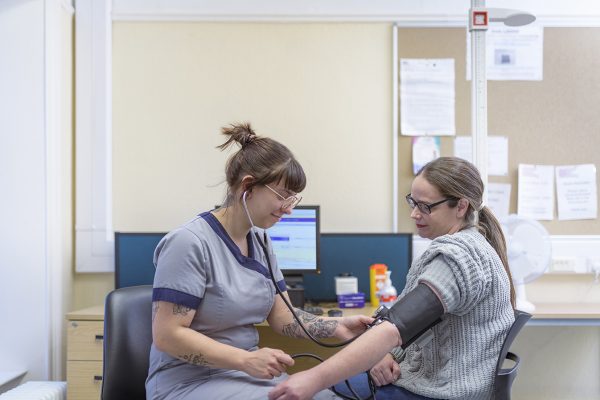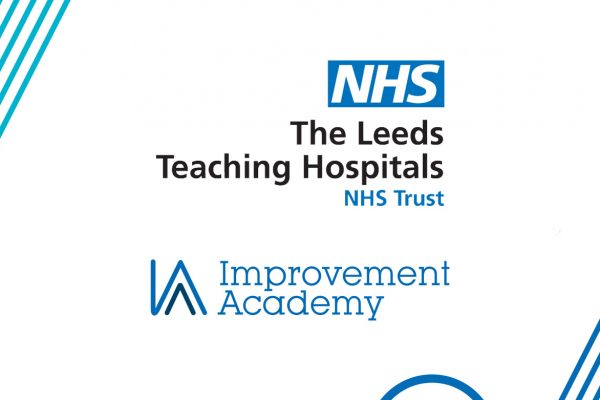In a nutshell: The Improvement Academy worked with five local authorities to test ways of reducing pollution and improving air quality. The work was led by public health departments but involved a broad range of stakeholders.
The Challenge
Air pollution is caused by emissions, mainly through the generation of power, industry, heating of our homes and use of transport. As well as affecting climate changes, emissions can have an adverse impact on public health.
In 2012, the World Health Organisation (WHO) reported that 7 million people died from air pollution exposure (WHO, 2012).
- Particulates are the deadliest form of air pollution due to their ability to penetrate deep into the lungs and blood streams unfiltered, causing permanent DNAmutations, heart attacks and premature death.
- The WHO estimates that fine particulate air pollution (PM[2.5]) causes worldwide about 3% of mortality from cardiopulmonary disease, 5% of mortality from cancer of the trachea, bronchus and lung, and about 1% of mortality from acute respiratory infections in children under 5 years (REF).
- In the UK, the burden due to fine particulate matter alone has been estimated to be 29,000 deaths per year (COMEAP, 2010). To put this in context, in 2012 in the UK there were estimated 100,000 deaths caused by smoking, 8,700 attributable to alcohol, 1,800 due to road fatalities, and 1,200 deaths related to psychoactive drug misuse in 2012.
We are all responsible for these at both an individual and organisational level, and much can be done to reduce levels. A range of measures can be applied; using or promoting ‘active travel’ – walking or cycling, rather than using vehicles; supporting energy efficient and renewable energy schemes; regulating the emission of harmful gases from industrial and domestic premises; using of low emission vehicles.
What did we do?
With their overarching responsibility for local transport, planning, housing, environmental health, and now public health, local authorities are well-placed to direct significant improvements to air quality.
Under the leadership of their public health departments, five local authorities in Yorkshire and Humber – Bradford Metropolitan Borough Council, Calderdale Metropolitan Borough Council, Hull City Council, Kirklees Metropolitan Council and Wakefield Council – came together to form a collaborative that has been working together since autumn 2014. During this time, the Improvement Academy supported them to test a range of ways of reducing levels of emissions.
The first Air Quality Improvement Collaborative event took place in December 2014 and local teams came together to learn how to apply improvement methods, share ideas, and begin planning their activities for the coming years.
The second learning event was held in June 2015 and for the morning session we linked up with the teams from the West Yorkshire Low Emission Strategy (WYLES) and Singe Transport Plan (STP) to encourage local authority attendees from across the Yorkshire and Humber region to consider ‘joined up’ approaches to tackling challenges to air quality. The event included presentations from the ‘Born in Bradford’ study (here) and from the health economists from York University who have been carrying out work to evaluate the health costs associated with poor air quality (here). The afternoon session focused on the work of the five authorities in our collaborative and teams shared progress and challenges.
In parallel with the work of the collaborative, colleagues from the health economics department at York University calculated the health costs of pollution in relation to a range of health consequences, including coronary events, low birth-weight babies, and childhood asthma. In February 2015, an interim report of their findings was presented to an audience of directors of public health and teams members from across the region. A copy of their final report is available and their work was presented at the Public Health England event on outdoor and indoor pollution research in Solihull – September 2015.
Air Quality Toolkit
This toolkit (available here) is targeted at local authorities in the UK. It aimed to generate estimates of QALY losses and health care costs (NHS and PSS) per tonne of emission of PM2.5 and NOx (or NO2) emitted, in order to support the economic evaluation of air quality measures. As a number of inputs were derived from the Leeds-Bradford Low Emission Zone (LEZ) feasibility study, the toolkit is especially appropriate for the economic evaluation of air quality measures in this region, using information on the targeted population size and the expected annual reduction in pollutant load (spread-sheet “using emission data only”). Alternatively, in order to evaluate air quality measures outside of West Yorkshire or in areas with a substantial different population density than Leeds/Bradford, it is possible to enter area-specific estimates of avoided cases of adverse health endpoints as input data of the toolkit (via spread-sheet “Using emissions and HIA results”).
Please note that this is a beta-version and that comments to the corresponding author (Laetitia L.H.M.Schmitt@leeds.ac.uk) are very welcome.




